First Impressions: Honda Pioneer 1000-5 Trail and Forest Editions
In the somewhat crowded utility/rec segment of UTVs, a company has to have several models to be able to compete with the class-leader in sales, and Honda has upped their game with the two latest versions of the Pioneer 1000-5. The Trail and Forest editions are the brand’s top two models, and are aimed at different customer bases. The Forest has more of the features that hunters will like, while the Trail goes right at the enthusiast looking for more performance from the machine. We met up with the Ride Red Crew at Ride Royal Blue in Pioneer, Tennessee, for some seat time to get a good first impression of the Honda Pioneer 1000-5 Trail and Forest Edition UTVs.
The Honda Pioneer 1000-5 Forest Edition is the perfect machine for both hunting and adventuring. Photo by Align Media
Power and shifting
I shared a long ride in a car across central Texas a few years ago, and the conversation was fun and enlightening. One thing he said that has always stuck with me was the view that Honda feels they are more of an engineering company, than a motor vehicle manufacturer. He said that is why you often see a Honda vehicle with features that no other OEM has to offer. This is evident when looking at machines, like the Pioneer 1000. Probably the most notable feature is the lack of a CVT transmission. Unlike seemingly every machine in the category, Honda does not use a CVT belt tranny, instead relying on a dual-clutch transmission. There are some benefits and a drawback, depending upon your point of view.
With no belt, and two clutches, you don’t have the CVT lag that you get with most UTVs. Now, most other brands have compensated for that with how their machines perform, but there is a big difference in how the Pioneer will drive compared to a Polaris Ranger. Being dual automatic clutches, you can select from a couple of drive modes – Automatic or manual, with paddle shifters. In auto mode, the Honda can run in normal or Sport mode, which lets the engine rev a little higher between shifts. When you slow down, the Honda automatically downshifts for you, regardless of which mode you’re in. While it is not smooth like a CVT, Honda did work on smoothing out the shifting with the new Pioneer while in the automatic mode, trying to cut down on the lurking feeling that some consumers complained about. At the same time, they increased the overall power output of the 999cc Unicam, twin-cylinder, liquid-cooled four stroke. Being tight-lipped about such numbers, Honda will not release an official horsepower rating, but having spent time in both model years, I can attest that there is a noticeable boost in felt power. Low-end grunt was definitely better and Honda is claiming more top-end, but the tight trails didn’t allow for that experience.
Honda’s i4WD system with Hill Start Assist means the Pioneer 1000 is a capable trail machine, especially in rougher conditions. Photo by Align Media
The shift mapping improvements were also welcome with tighter low gear ratios. The previous model years of the Pioneer 1000 were, for me, much more fun to drive in manual mode. I just wasn’t as comfortable with either the normal auto, or Sport mode shifting. The new 2022 Hondas are much better, and while I still liked driving in manual shift mode, the automatic modes were right there, too. I’d also add that one thing did not change. Honda allows for all six forward gears and reverse to be utilized in both high and low range. There is currently not a better machine for engine braking than the Honda in this class. First gear and low range combine for the ability to absolutely crawl.
i-4WD
Both the Forest and Trail models get Honda’s i-4WD intelligent four-wheel drive system that was borrowed from their automotive line. Here’s what is kind of funny. Some folks don’t see the connection between Honda’s automotive line and off-road prowess, so saying that they borrowed tech from their SUVs for their UTVs doesn’t sound like a big deal. That’s a mistake. It’s a really good system for off-road use. It takes power from spinning wheels and shifts it to wheels that are gaining traction. That’s not all that unheard of – think Polaris’s On-Demand system. However, Honda adds in digital braking control to help cut down on unwanted wheel spin. I’ve tested out the i-4WD system a few times, and find it to work really well, especially in slick conditions.
Trail Edition suspension
The Pioneer 1000-5 Trail Edition uses Fox QS3 shocks for an adjustable ride that helps you tackle rough terrain. Photo by Align Media
The Trail Edition Honda Pioneer 1000-5 has some features you’ll only find on this model, and it carries the higher price over the base and deluxe models, so the question floating between the different editors in attendance was, “Is it worth the extra money?” The biggest difference between the Forest and Trail models is suspension. The Trail gets Fox QS3 shocks, while the Forest gets something else (we’ll cover that in just a moment). The Pioneer 1000 base model has decent shocks. All models have the same 10.6 inches of travel in the front, and 10 inches in the rear. The QS3 shocks give you better shock action, with three settings – Soft, middle and firm. In the middle setting, the shocks are an overall improvement from the standard shock in how they move through the travel stroke. If you want a little better ride quality on rough trails at slower speeds, dropping down to the softer setting makes a huge difference. Bumping up to the firmer setting will help keep the tires planted when you’re going faster.
Forest Edition levels out
The Forest Edition has self-leveling rear shocks to adjust to whatever load you are carrying. Photo by Align Media
The Forest Edition comes in Honda’s sweet-looking Phantom camo, and has a beefy-looking brush guard mounted to the front. It also carries the same MSRP as the Trail edition. This model has different suspension than the Trail, opting for stock shocks up front and Sachs self-leveling rear shocks. This provides an interesting ride quality, and you really need to understand it to get the most out of it. As you should already know, the rear bed in the Honda Pioneer 1000-5 has two seats that fold up out of the bed. This is the same across all models. With the Forest model, you get the Sachs shocks that sense when there is an extra load on the rear end. This can be from the rear passengers, but also from the cargo, like if you have a bunch of hunting gear to haul, or are bringing a deer out of the woods. How it works is fairly simple. The shocks sense the additional load and as they travel, the shock boosts internal compression to level the shock out. The design has been around for a while and is used on other machines. Just keep in mind that it is not automatic, in that the shocks have to cycle a few times to fully work.
Across the line
Honda great improved the heat transfer issues of past Pioneer models, making the passenger much more comfortable and letting the ride be more enjoyable for all. Photo by Align Media
There are a couple of other things that Honda added across the Pioneer line that are worth noting. They revamped the style of the machine, and the new grill is sharp looking. They also added an optional accessory that is available that makes it easier to add electrical accessories into the machine. For example, they are working with Garmin and now make it an easy plug-and-play to add the cool Garmin Tread GPS system, which I’ve tested extensively and find to be pretty cool.
The achilles’s heel of the Pioneer from the start has always been heat transfer to the passenger. Those first machines would essentially blow heat right up the back of anyone sitting in the passenger seat. When it was cold out, that was nice, but during the summer, let’s just say it was not pleasant. Honda has dramatically improved on the heat shielding and I’m happy to report it was much better. You’re still going to feel the heat, especially if you do a water crossing. This isn’t the only UTV with this problem, but it is something you should be aware of. I rode in the passenger seat for part of the ride in the Tennessee heat and didn’t cook… Well, there was that stream crossing that did steam my backside a bit.
The Honda Pioneer 1000 Forest Edition comes with a beefy front brush guard as standard equipment. Photo by Align Media
Honda also made improvements to the netting. The nets are there to help keep you and all your parts inside the machine in the event of an accident. Since the Pioneer 1000-5 is a multi-passenger machine, the rear cargo bed, which has those two seats that fold out of the bed, has safety netting on the sides. Honda made the netting material finer and easier to see through. Some people don’t like the nets, but honestly, I didn’t mind them at all. Of course, some people can’t get over having a roll cage that extends all the way to the end of the bed. The bed still dumps when the seats aren’t in use, and honestly, the cage doesn’t interfere with things much.
The Honda Trail and Forest Edition Pioneer 1000 machines both come with a 4,500lb. winch. Photo by Align Media
The bottom line
I have been a fan of the Honda Pioneer 1000-5 since it came out. I find it to be a comfortable machine to drive and ride in, and I love the capability of it. It is different from the competition, but that’s a good thing. I am hoping to get some additional time in one of the new machines this year, as I think it’ll be a highly capable UTV for adventuring with the family. I also feel pretty confident in recommending one to you if you’re in the market.
Derrek's love for all things ATV started when he was a mere 11 years old, growing up on his family farm. His mom gave him and his sister a choice - get a horse, or a three-wheeler. The sister wanted the horse, and Derrek wanted the ATV. Luckily he won out, and was soon burning up the trails on a Yamaha Tri-Moto 200. By the time he was 14, he had saved enough of his own money by working on the farm and in his folks restaurant to buy a new 4-wheeler. That happened the day he and his mom were driving past the dealership and saw 1987 Banshee. His mom had no idea what he was buying, and he never looked back. He's been riding ever since, and been writing professionally for many years. He has ridden all over North America and been behind the controls of just about every machine out there. And yes, he still has his 1987 Yamaha Banshee.
More by Derrek Sigler



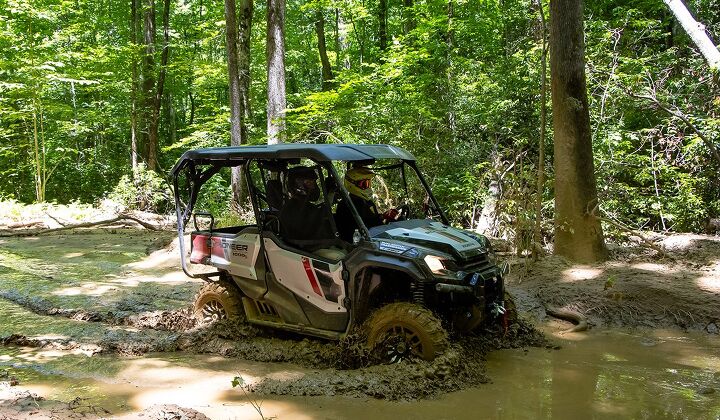







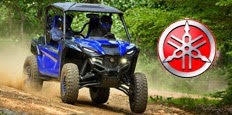







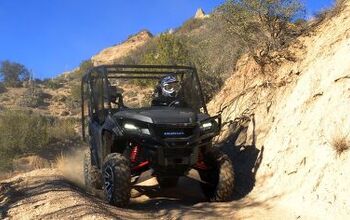
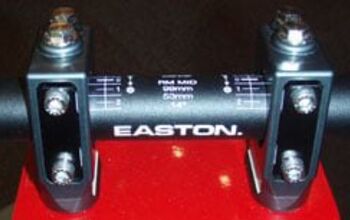

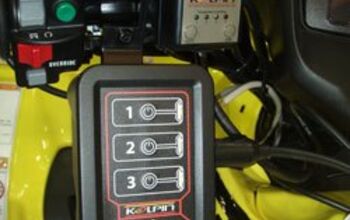
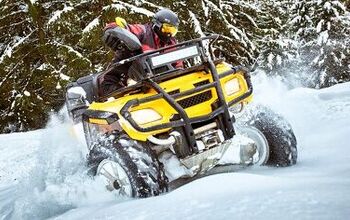
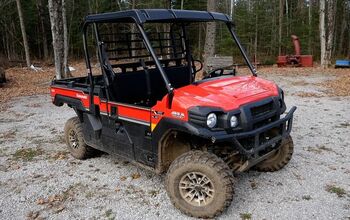
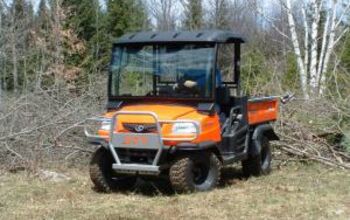
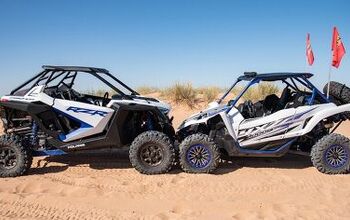
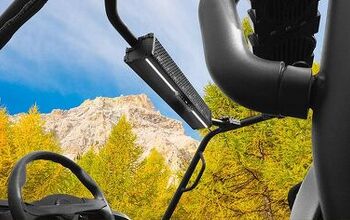
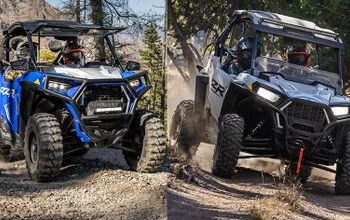
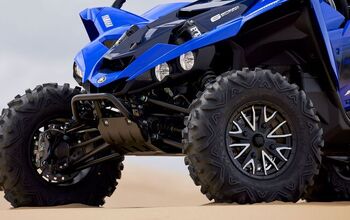
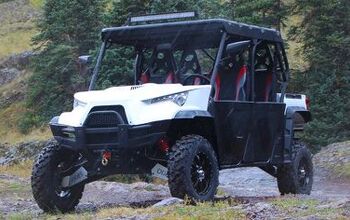
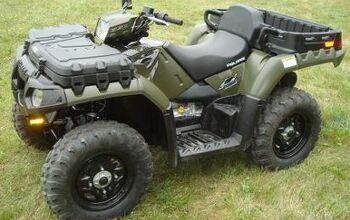
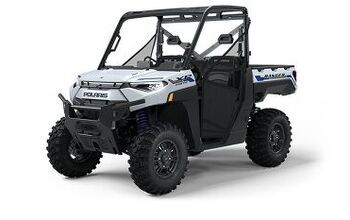
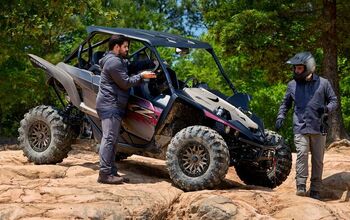
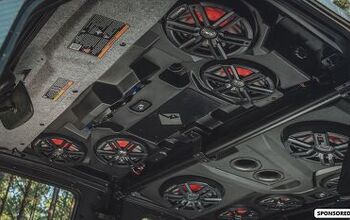
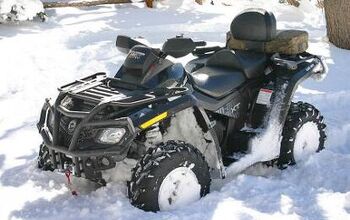
Comments
Join the conversation